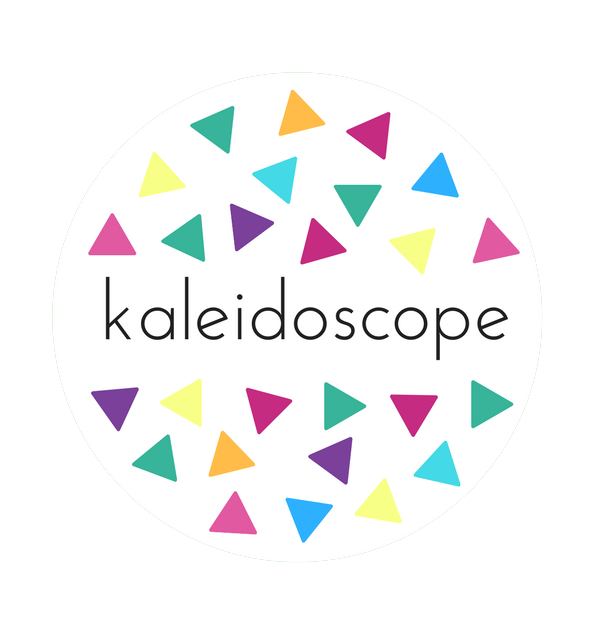As we kick-off LGBT+ History Month 2021, some of you might be asking yourselves what you can do to be more supportive to LGBT+ communities. Sometimes it can be difficult to decide what the "best thing" is to do, which can be a barrier to taking any positive action at all.
To help, we have put together five simple steps you can take this LGBT+ History Month. Some of them are immediate and won't take you five minutes, whilst others require more ongoing engagement. However, if at the end of the month you can say you have done even just one of these things, you will have made a visible show of support to your LGBT+ colleagues, friends, and peers.
1. Include your pronouns in your email signature
This simple addition to your email signature demonstrates that you understand the value of using the correct pronouns for people. For someone who is trans or non-binary, it can help them feel included and valued. It also normalises 'telling people your pronouns'.
It really is as simple as putting (she/her) or (they/them), for example, underneath your name. Why not do it right now?
For more information about what pronouns are and how to use them appropriately, check out: What Are Pronouns? Why Do They Matter? — MyPronouns.org Resources on Personal Pronouns
2. Become an ally!
If you are reading this, you are already on your way to becoming a great ally to LGBT+ people, if you aren't already one! Being an ally means having an awareness of what it is like to be LGBT+ and an understanding of the differences and challenges we face in everyday life.
We have identified online allyship training and encourage you to take a couple of hours to work through it. It's interactive, fun, and thought-provoking, and if you send us the completion certificate then Kaleidoscope will send you a digital badge to include in your email signature to recognise your support and effort.
Read about the allyship training here: LGBT+ allyship training | Kaleidoscope LGBT+ Staff and PGR Group
3. Use gender neutral language whenever possible
Using gender neutral language stops people from feeling excluded and will help break down societal norms for everyone, especially women and gay, lesbian, bi, trans and non-binary people.
The United Nations describe guidelines for gender-inclusive language in both spoken and written situations, both formal and informal. These are well worth a read as a starting point. In particular, it recommends that gender should only be visible when it is relevant for communication.
The use of gender neutral language also includes being careful not to assume someone's sexuality, for example, seeing a wedding ring on a man's hand and asking 'What does your wife do?'. If he is gay, not only is this awkward for both people in the conversation, it can be hurtful to him, because he first has to explain he is gay and therefore married to a man, before answering the question.
4. Seek out the Equality, Diversity & Inclusion statement for your department and read it
Equality, Diversity & Inclusion statements demonstrate a commitment to these values and create a sense of what is important for particular departments. They can differ from a university-wide scope by focusing on known diversity issues within a field, for example, the under-representation of LGBT+ identities in STEM subjects.
Familiarising yourself with your department's statement is a great way to understand what is important for those you work with and your responsibilities to those you support.
If your department doesn’t have one, then ask your Head of Department why not! If there is one but you are not satisfied with it, tell them why and how you think it can be improved!
5. Practice a commitment to lifelong learning
Even if you already consider yourself an ally (or even a member of an LGBT+ community) there is always more you can learn: read a blog, attend a talk, or watch a TV show showing the lives of LGBT+ people!
LGBT+ History Month is a great time to start. There is lots going on to celebrate it this year and you can find out more on the university's LGBT+ History Month news page.
Responses
